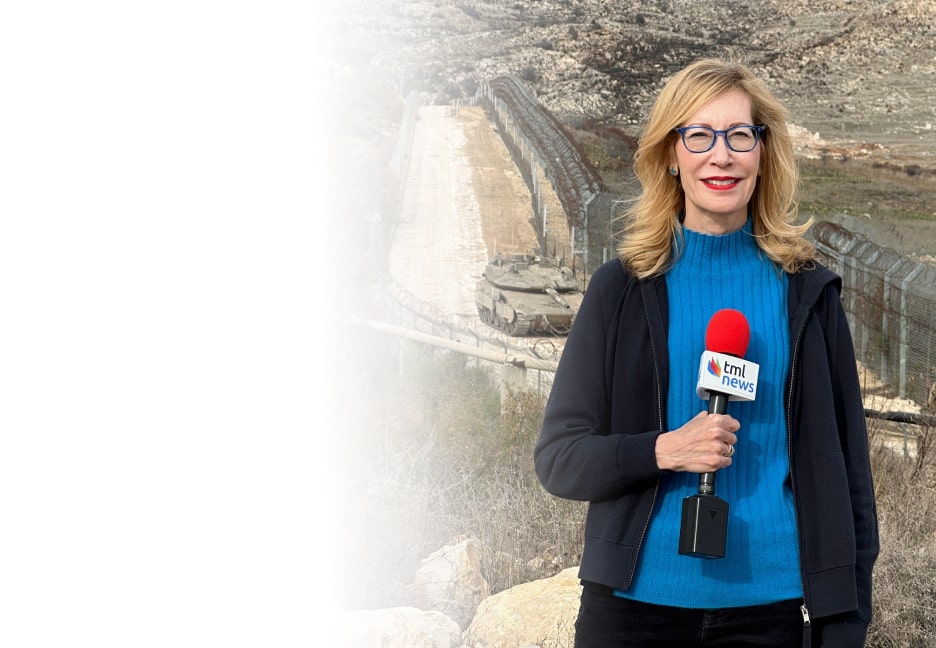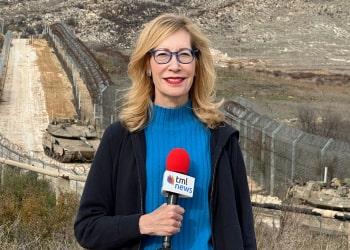Deluge of Videos Posted by Israelis and Palestinians
[Jerusalem] – Facebook feeds of Israelis and Palestinians are being swamped with videos claiming to offer the “truth” of the series of Palestinian stabbing attacks on Israelis that have left seven Israelis and 32 Palestinians dead this month.
On social media some are calling it a “tweetifada.” This is a play on the Palestinian term for uprising, Intifada, and a nod to the videos and images that are being posted on social media on an hourly basis. During the Second Intifada, between 2000 and 2005, the internet was just emerging as a medium and a smartphone was unheard of. But today everything is recorded and uploaded quickly to the internet.
“There are videos circulating in two different networks…both sides in the conflict and their supporters… are distributing videos that they think make their case stronger,” Nicholas John, from the department of Communications at Hebrew University, told The Media Line. This is not a new field in the decades long Israeli-Palestinian conflict, but what is different is the instantaneous speed with which images can spread.
The second change is the unfiltered images swamping social media.
“(This) completely bypasses any kind of censorship… we are exposed now to far more gruesome images than we would have seen on the news,” John suggested. This reduces the distance people feel from the violence, making it seem more real and intimidating, he said. Such was the case with the video below.
13th October [1] Vehicle Attack in Jerusalem
This holiday season, give to:
Truth and understanding
The Media Line's intrepid correspondents are in Israel, Gaza, Lebanon, Syria and Pakistan providing first-person reporting.
They all said they cover it.
We see it.
We report with just one agenda: the truth.


The feelings of young Palestinians viewing images and videos online, “range from pride to fear to excitement to a feeling of abandonment,” Daoud Kuttab, a Palestinian journalist and columnist for Al-Monitor, told The Media Line. Three quarters of Palestinians are under the age of 29, and many are active on Facebook.
Videos being shared among Palestinian social media users tend to fall into three areas, Kuttab suggested. Those showing clashes between protestors and Israeli security forces; those showing alleged brutality by the Israeli military; and those demonstrating what Palestinians see as peaceful resistance by an underdog towards heavily armed Israeli soldiers. Of the most popular recent videos, Kuttab said, shows an elderly Palestinian man in a red headscarf scolding soldiers in Hebron for firing their weapons at Palestinian children. These videos show a “young person or a woman ignoring the fact that these men are very well armed and shouting at them – it gives people a sense of pride,” the journalist explained.
Inevitably, interpretations over what a video is showing and the context of the incident come down to the eye of the beholder. “We have this idea that a photograph (or video) should somehow tell us the truth of what actually happened but we know it hasn’t always,” John explained.
Shooting [3] of Fadi Alon
The above video shows an incident where a 19 year-old Palestinian from Isawiya, Fadi Alon, was shot and killed by Israeli police on October 4. Two conflicting accounts of what happened immediately prior to the incident have immerged.
In the Israeli version, Alon stabbed and injured an Israeli and was neutralized by police in their efforts to end an ongoing terrorist attack.
In the Palestinian explanation, Alon scuffled with right-wing Jewish activists he encountered while they were marching in the street, shouting racist slogans. As the fight escalated police arrived and, urged on by the Jewish youths, shot the teenager while he posed no immediate threat to those around him.
Such differences of interpretations, and the narratives used to push them, make up a large part of the information being exchanged on networks like Facebook. People frequently view information that reinforces their existing political views.
Videos which clearly show Palestinians attacking Israeli civilians are shared less frequently on Palestinian social media networks, Kuttab suggested. When they are, an explanation is given for the action. “(The) narrative is described as attacks against settlers and soldiers, not against innocent civilians – “settler” is code word for justifiable resistance,” the journalist explained.
Israel conquered east Jerusalem in 1967 and immediately annexed it. Israelis see it as part of their capital; Palestinians as the capital of a future Palestinian state. Most of the 300,000 Palestinians who live in the city do not have citizenship, but their Jerusalem residency entitles them to Israeli health insurance and social security. Young Palestinians from east Jerusalem have been overwhelmingly responsible for the current wave of stabbings and shootings of Israeli Jews.
Some Palestinians view the stabbings as an understandable response to the ongoing violence of the Israeli “occupation”, Kuttab argued, asking, “Do people think these guys are heroes? Yes, they are heroes. We are an underdog population using low technology against an occupying power.”
Increasingly not just the opinions of the street but government narrative is also being pushed through videos and social media. The Israeli Government Press Office responded to allegations by Palestinian Authority Mahmoud Abbas that Israel had “executed” a 13 year old Palestinian who stabbed two Israelis. Israel released a video showing a nurse feeding the youth jello in an Israeli hospital.
There are also the funny videos – often using black humor. Following a video showing an Israeli policewoman pointing her weapon at a Palestinian attacker in northern Israel while continuing to hold her ice cream in one hand, social media responded with the final video.
Ice Cream [5] Satire